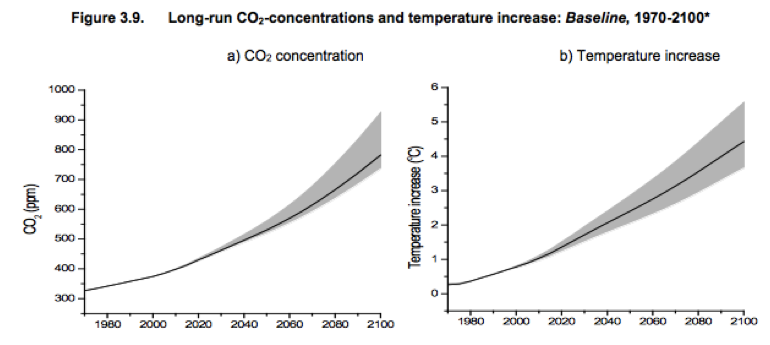On a sunny Monday afternoon on the 4th of September, I sat down to conduct an interview with Angus Munro, a second year student studying a Bachelors degree of Environmental Science at UTS.
We began discussing my assignment and I provided some context as to what I wanted to clarify and gain from this interview, which lead into a very broad question, what the climate could look like in 2050 and how technology and human relationships would contribute. To my surprise, Angus claims that its likely the most extreme effects of climate change that we had proposed for our scenario aren’t likely to be felt until the turn of the century in 2100. Angus laughed slightly at the look of what he described as disappointment on my face that the doomsday like effects would be later than we thought. This required me to reevaluate the environmental aspects of our future scenario. Angus discussed that climate research is unpredictable, in the sense that technology is rapidly changing at an exponential rate. Looking at where climate technology and techniques were 50 years ago, there has been a big development and improvement in how we manage emissions. Angus stated that ‘its unpredictable in the sense that tomorrow, someone could invent a technology that sucks up carbon from the atmosphere.’
Angus stressed that ‘this is all based on most likely predictions and models. There are a lot of factors that could change the models.’ Every model is slightly different, however most data suggests that by 2050, a 2-degree increase in temperatures will be felt. As well as this, sea levels will rise between 10cm to 50cms, more extreme fluctuations in weather, more severe storms and cyclone systems, as well as climate refugees.
Angus cited a data source that stated ‘global mean temperature has risen about 0.7°C to 0.8°C on average above pre-industrial levels.’ (OECD 2011).

(OECD 2011)
In regards to the uncertain environmental conditions and its potential impacts on Sydney’s urban development, Angus stated water security; ‘Urban Heat Island’ (Argüeso 2014) and increased severity and frequency of bushfires were concerns for Sydney. Urban Heat Island refers to heat ‘primarily caused by the heat-storing structures that increase the heat capacity of the cities.’ (Argüeso 2014). This is a growing concern for Sydney as the population and urban centres expand outwards. The water security issue is supported by data from the Australian Governments Department of the Environment and Energy that states “Modelling for the Sydney Water Balance Project has found that there may be a decrease in annual rainfall and runoff in the inland catchments and minor increases in the coastal catchments by 2030.” (Department of the Environment and Energy 2017). Reflecting on this data in regard to Sydney, measures would need to be taken to counter the increase in heat due to urban areas sprawling outward, as well as consideration in regard to water security and the risk of drought.
What I gleaned from this interview was that our ‘disowned future’ (Inayatullah 2008) scenario, underpinned by ‘excellence is our fatal flaw’ in regard to human hubris and the environment required immense overhaul. Our current environmental predictions were not in line global trends to take effect by 2050. This was critical information that I used in backcasting actives to create a more accurate future scenario. It also gave insight into how urban living and infrastructure might develop in Sydney as a result of climate.
REFERENCE:
Department of the Environment and Energy, 2017, Climate change impacts in New South Wales, viewed on the 29th September 2017, <http://www.environment.gov.au/climate-change/climate-science-data/climate-science/impacts/nsw>.
Argüeso, D. 2014, ‘Temperature response to future urbanization and climate change 2013, Climate Dynamics, Volume 42, Issue 7-8, pp. 2183–2199.
OECD 2011, Environmental Outlook to 2050, report, viewed 25 September 2017, < https://www.oecd.org/env/cc/49082173.pdf>.
Inayatullah, S., 2008. Six pillars: futures thinking for transforming. Foresight, 10 (1), 4-21.
Some really interesting insight from your interviewee!
LikeLike
This was such an important interview because it helped us to create a plausible future scenario of 2050. Thanks for sharing Eva.
LikeLike